Greenhouse trends – 10 inspirational ideas for growing under glass in 2025
Industry professionals share their greenhouse trend predictions for the new year, from practical accessories to ways to make them more eco-friendly

- 1. Adding personal details
- 2. Dividing the space with partitions
- 3. Turning up the heat for year-round growing
- 4. Attaching a rain barrel
- 5. Opting for biological pest control
- 6. Using eco-friendly materials
- 7. Enjoying early spring bulbs
- 8. Incorporating blinds
- 9. Introducing staging and shelves
- 10. Choosing designs that can move home when you do
- FAQs

Is a greenhouse on your wish list this year? They provide all sorts of opportunities to up your growing game – you can start seedlings early, protect plants from frost, and grow crops that love warmer temperatures. Or, perhaps you have one of these backyard buildings already, but it's in need of a spruce.
Either way, looking at the latest greenhouse trends is a great place to start your plan of action. And, there are plenty of inspirational ideas to choose from, suiting a wide range of budgets.
Below, you'll find trend predictions from industry pros for 2025. From accessories to tips on styling and sustainability, there's sure to be a greenhouse idea for you in this mix.
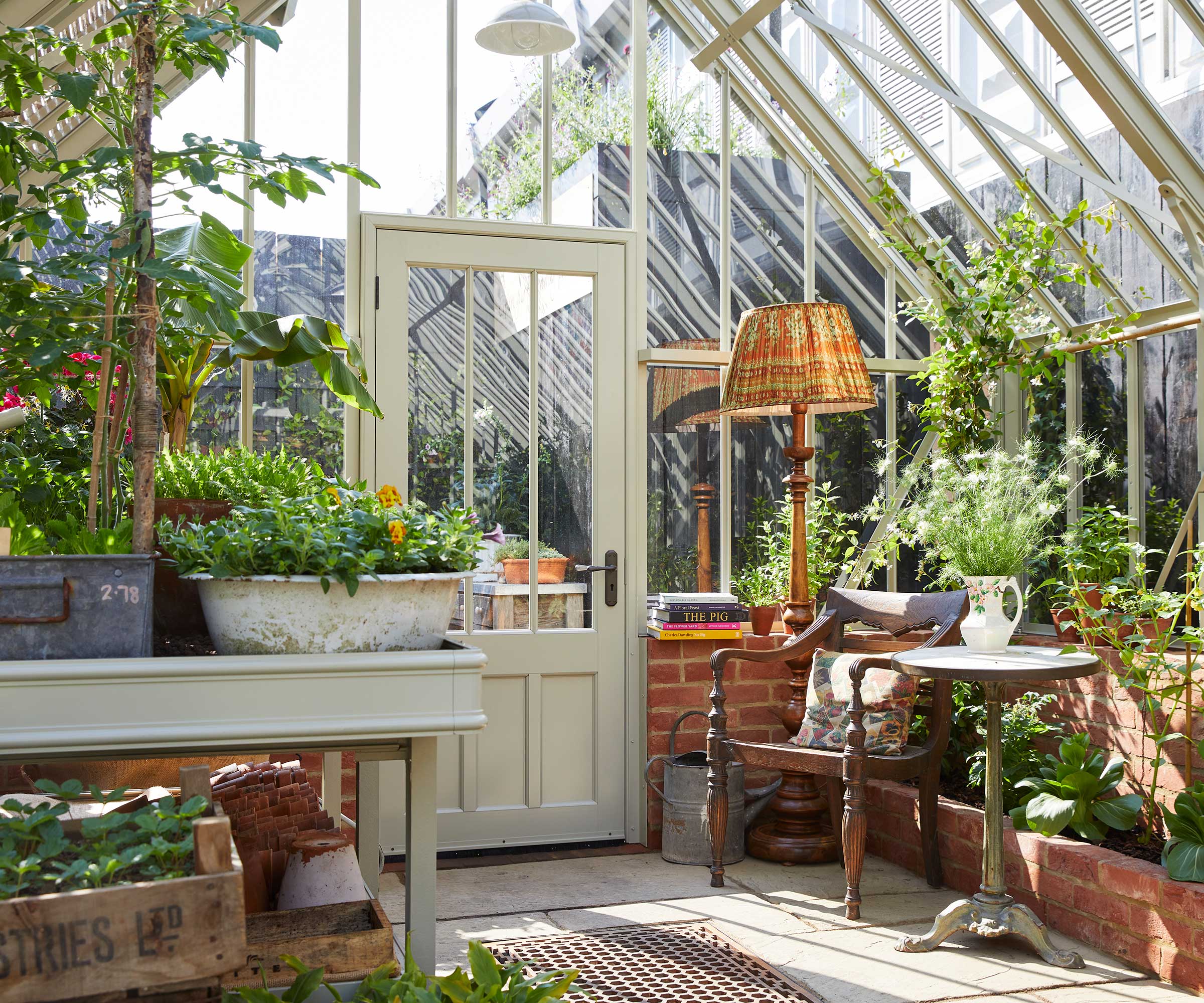
This design from Alitex demonstrates how greenhouses can be stylish spaces for relaxing
10 greenhouse trends to try this year
If you're planning a greenhouse makeover for your yard, be sure to consider these ideas.
1. Adding personal details
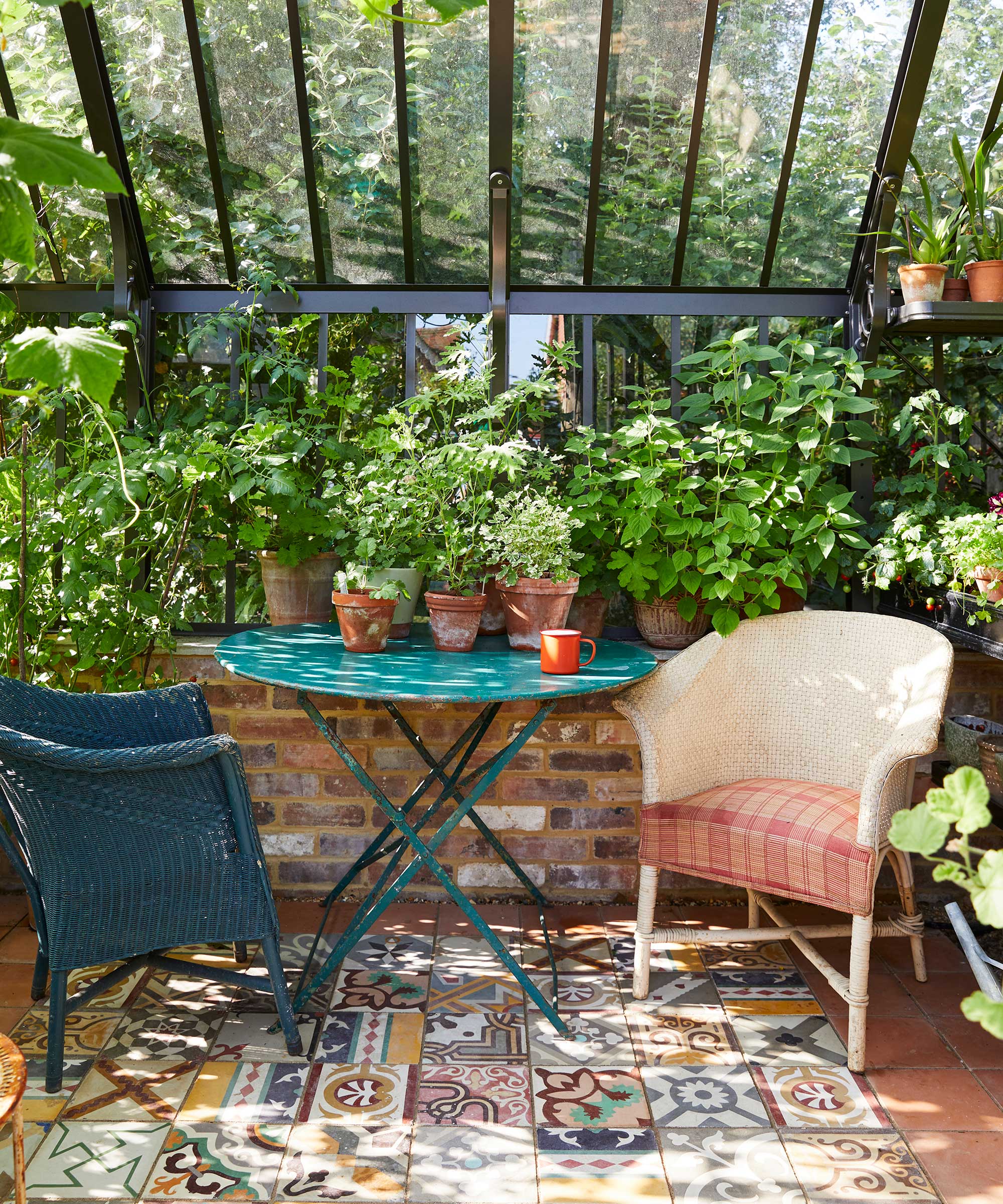
Nelly's greenhouse includes a colorful tiled floor
Larger greenhouses aren't just for plants, as they can be a relaxing retreat for us gardeners, too.
Nelly Hall of Alitex says, 'I think we are increasingly seeing people making their greenhouse space more than just a growing environment. In our fast paced world, down time in nature – amongst plants, hands in the soil – are all increasingly valuable and recognized. So, it makes sense to maximize your opportunities to enjoy this time.'
Nelly explains that by incorporating details such as interesting flooring, and furniture that allows you to enjoy the space, you can make your greenhouse more personal and inviting year-round. She shares that her own greenhouse includes a floor made from reclaimed patterned tiles mixed with terracotta, as well as her favorite chair.
Accessories such as outdoor cushions and colorful plant pots can all enhance the vibe, and if you add in some soft lighting, you can enjoy your greenhouse into the evening, too. Don't forget to incorporate some plants to make a greenhouse smell nice for extra sensory appeal.
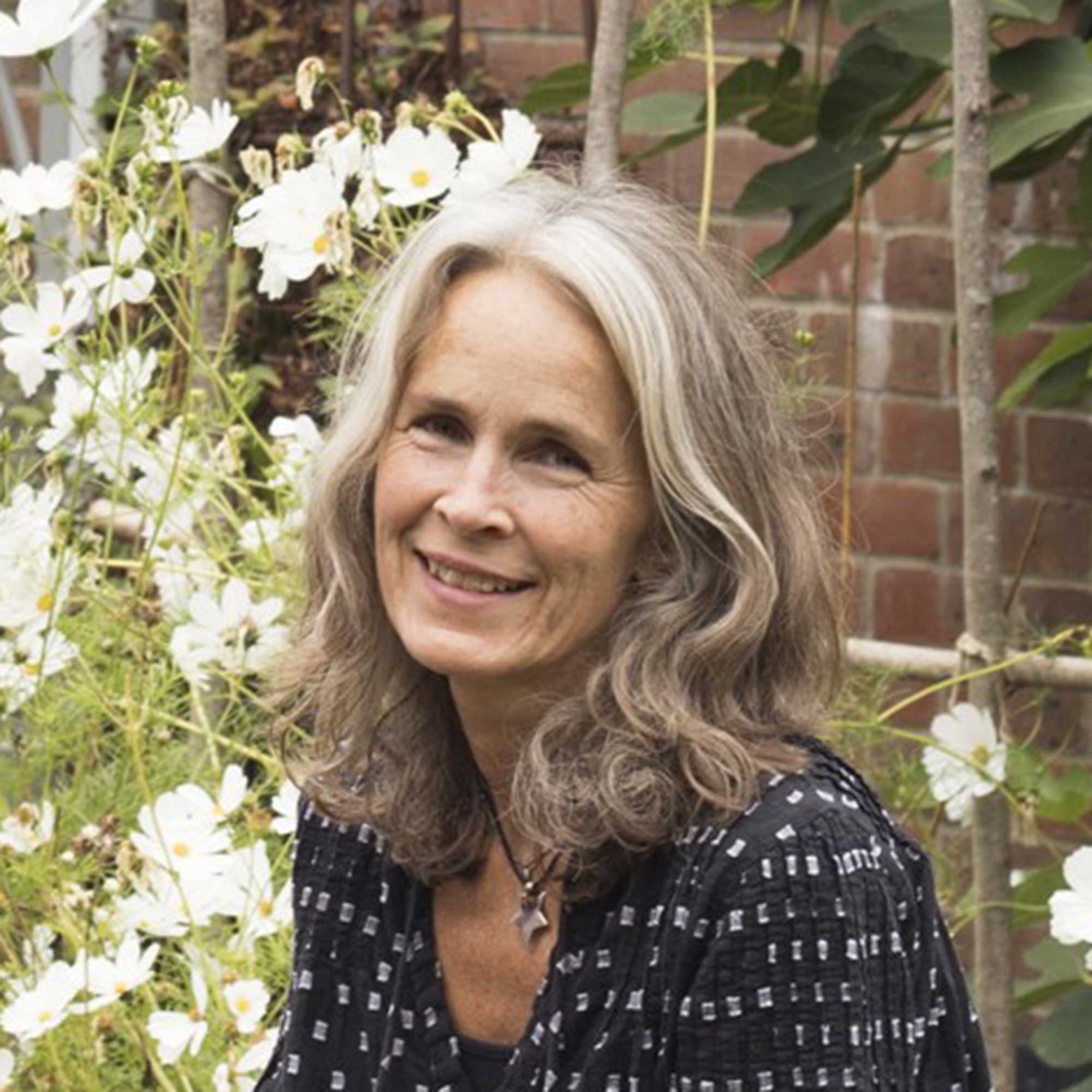
Nelly Hall, a passionate co-owner and creative brand director of Alitex Glasshouses, combines horticulture with creativity that runs through the heart of the business. She cultivates a culture of engagement and sustainability, ensuring Alitex is renowned for being authentic and experts within their field.
2. Dividing the space with partitions
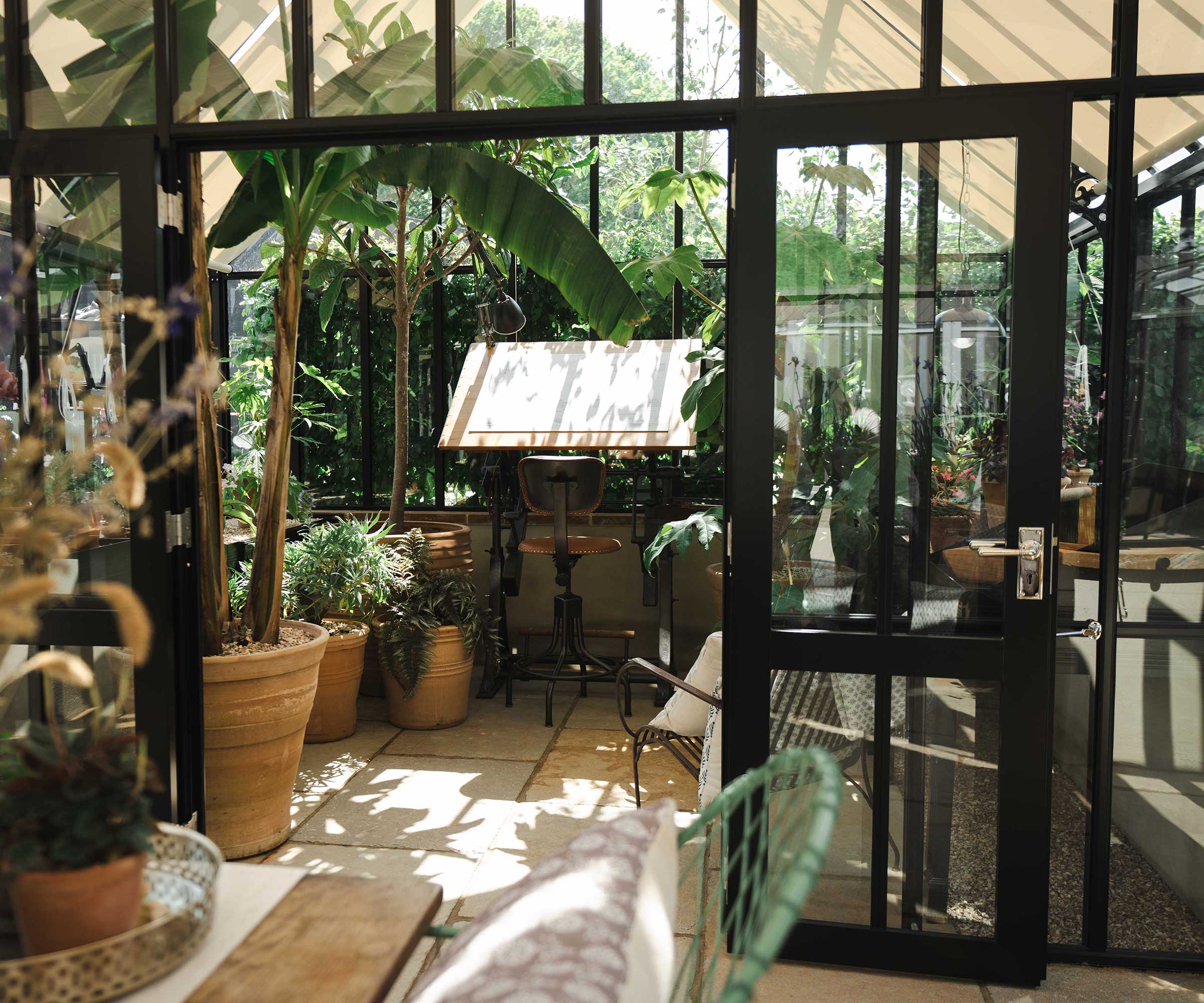
A partition in this Hartley Botanic greenhouse elegantly divides the space
Tom Barry, CEO of Hartley Botanic, notes how partitions in greenhouses are becoming increasingly popular, as gardeners look for more control over their growing environment and to divide structures for additional uses.
'By dividing greenhouses into distinct zones, partitions allow for tailored microclimates that cater to the specific needs of different plants, optimizing conditions such as temperature, humidity, and light exposure,' Tom says. 'This not only improves plant health, it also enhances resource efficiency, allowing for more specific heating, ventilation, and watering.
'Additionally, as a physical barrier, partitions can reduce the spread of pests and diseases and the need for environmentally-friendly controls,' he adds.
Tom also points out how Hartley Botanic customers are increasingly using partitions to create separate spaces for dining, garden working, or tranquil morning and evening relaxation. 'Greenhouse owners are using them to add a garden room that is separate to their horticultural needs, enjoying the space in a multifaceted way while surrounded by their plants.'
3. Turning up the heat for year-round growing
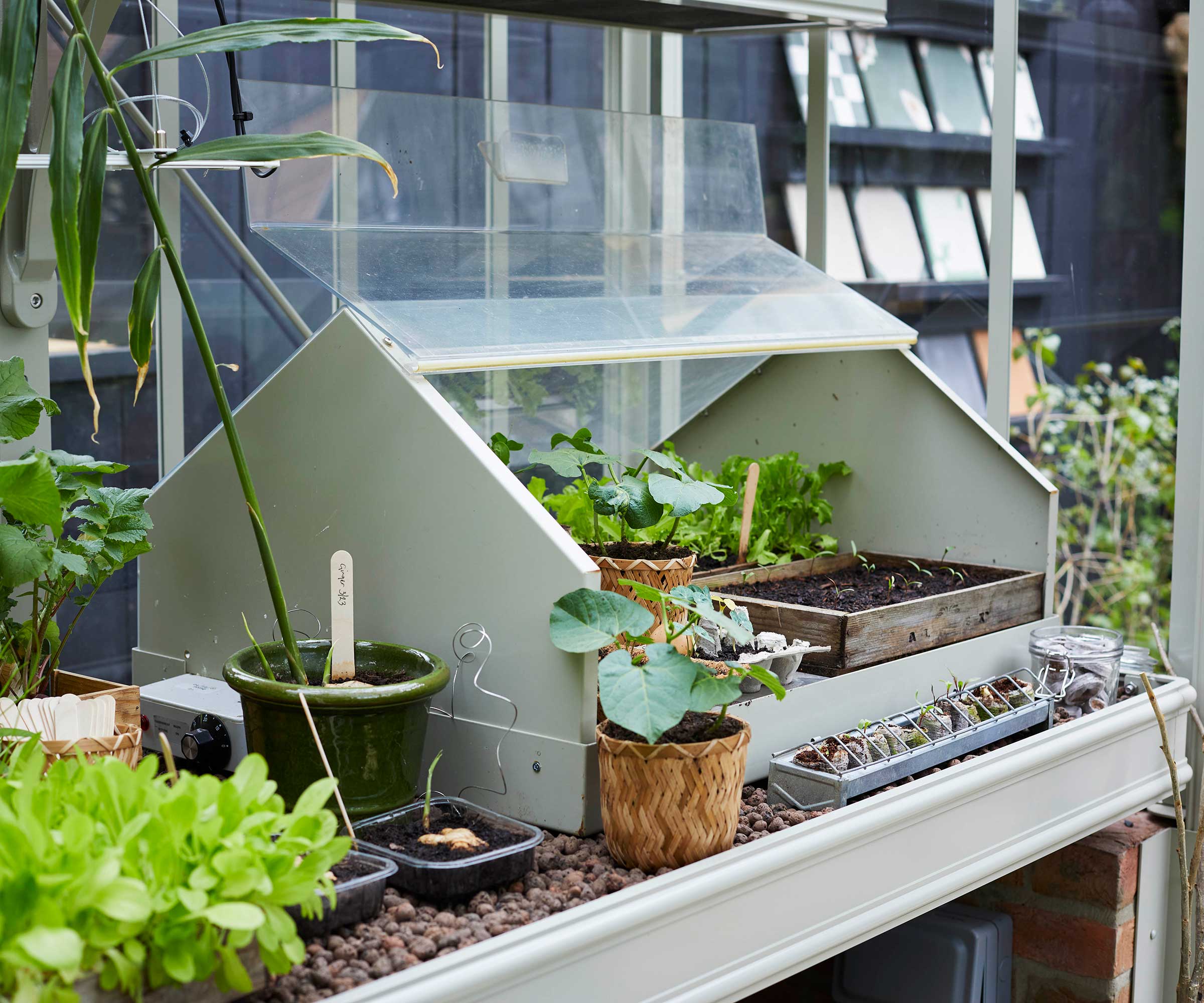
Alitex's professional propagator includes a heat mat
Nelly notes how these garden structures often quieten down in the winter months. However, if you add a source of heat to your greenhouse, this doesn't have to be the case.
'The most important thing to consider when planning your greenhouse is securing a power supply,' she says. 'By having that in place, you have year-round growing at your fingertips.'
For a small scale greenhouse, she recommends using a plug-in heater to ward off the cold as temperatures plummet and to help overwintering plants, such as pelargoniums, fare better.
A warmer environment will also help seeds to germinate. A heated propagator is an excellent option for this.
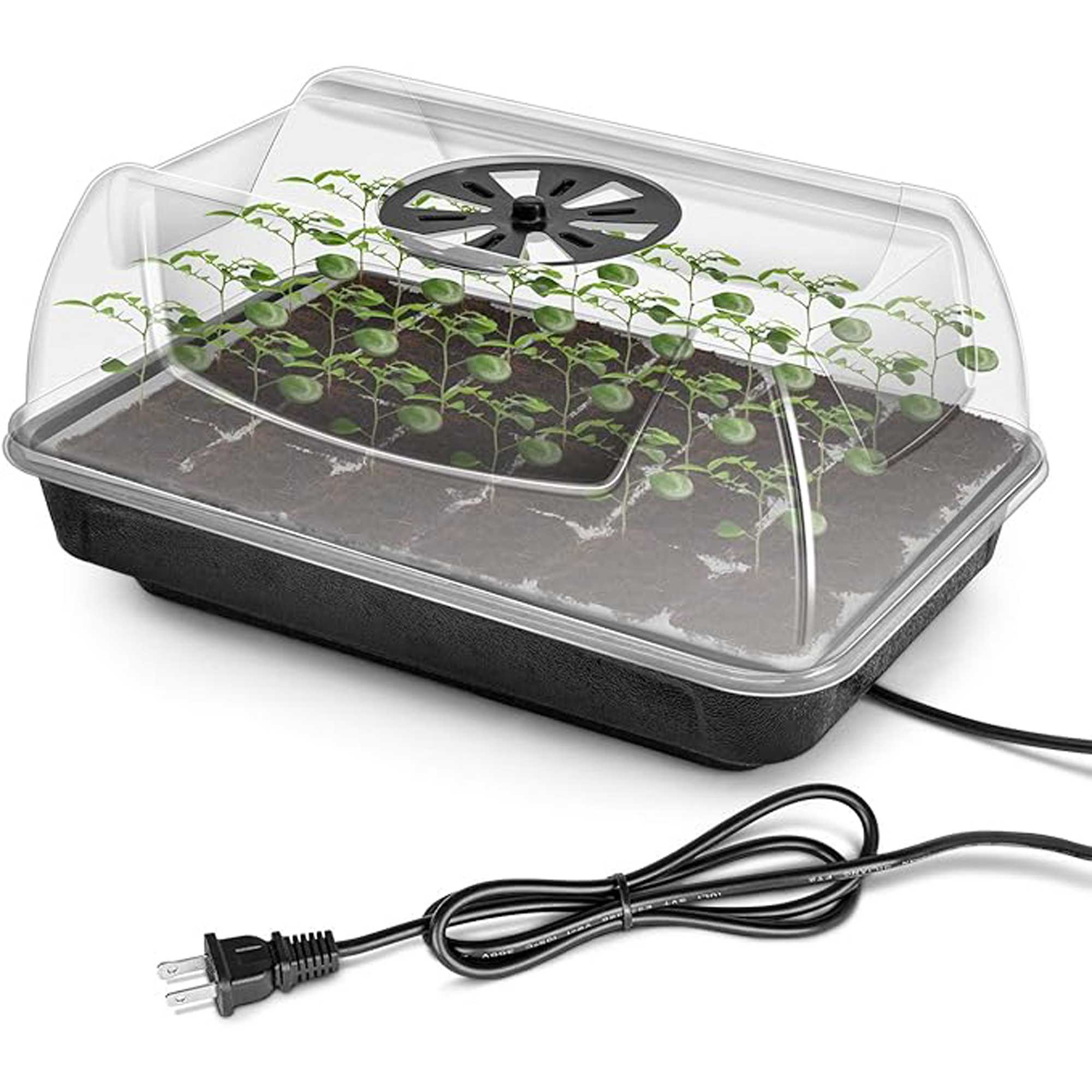
This propagation tray includes a built-in heater as well as a humidity dome with ventilation for keeping conditions just right for newly-sown seeds.
4. Attaching a rain barrel
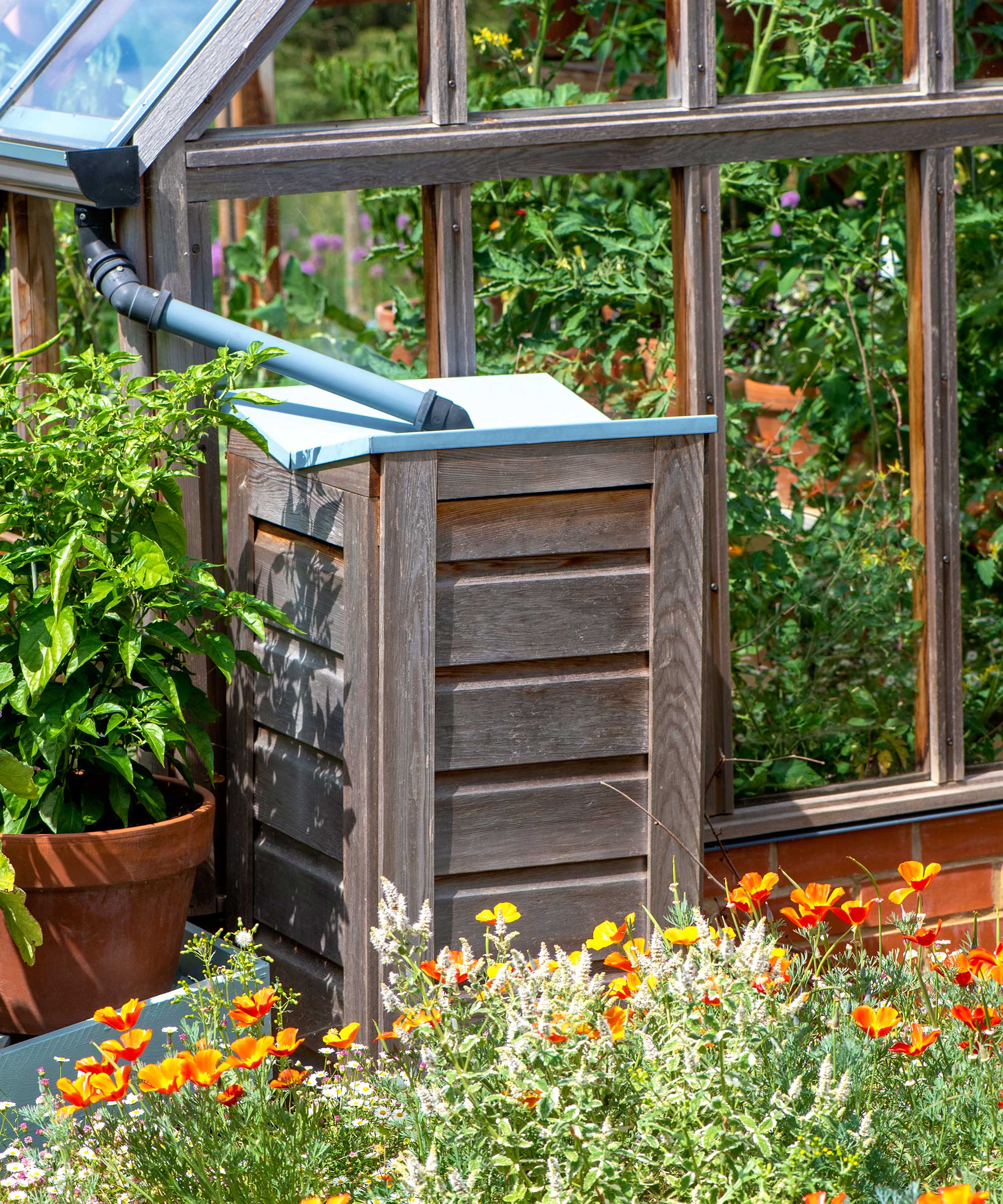
Collect up rain to keep your greenhouse and garden plants hydrated
Harvesting rainwater in a rain barrel (also known as a water butt) is a brilliant way to make a garden more sustainable. It can also come in handy during periods of drought, when hosepipe use is banned. So, why not hook one up to your greenhouse's guttering?
'Water butts are the simplest way for greenhouse owners to collect rainwater,' says Tom.
He points out how rainwater is better for plants, as it often has a lower pH. In contrast, the minerals sometimes found in mains water can raise the pH of plants' root zones, affecting nutrient availability, he explains. 'Rainwater is vital for the healthy growth of ericaceous plants such as azaleas, camellias and rhododendrons.'
Just be sure to steer clear of the key rain barrel mistakes to avoid common problems.
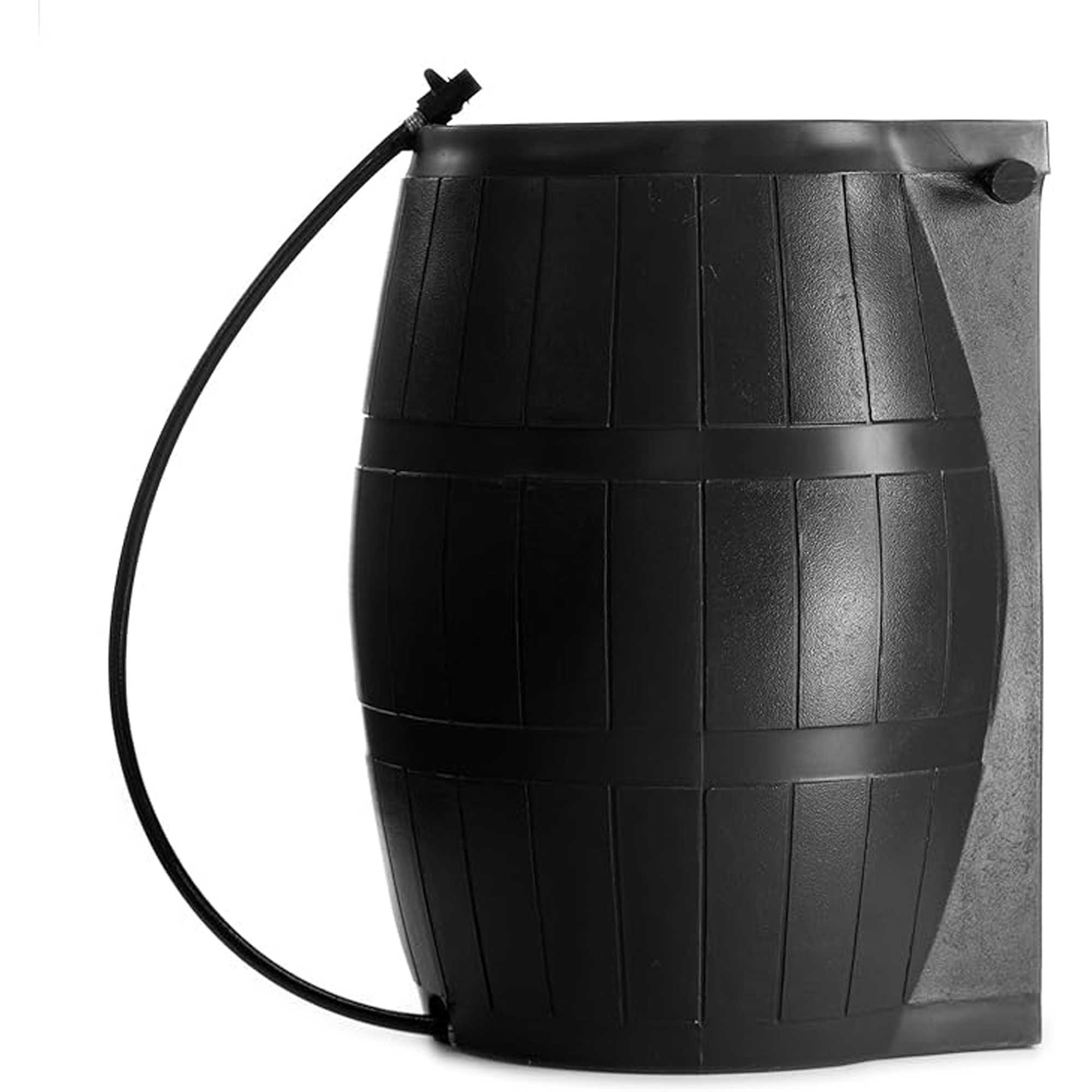
This flat-backed, 50-gallon design includes a mesh screen to keep out debris, and comes in black or brown.
5. Opting for biological pest control
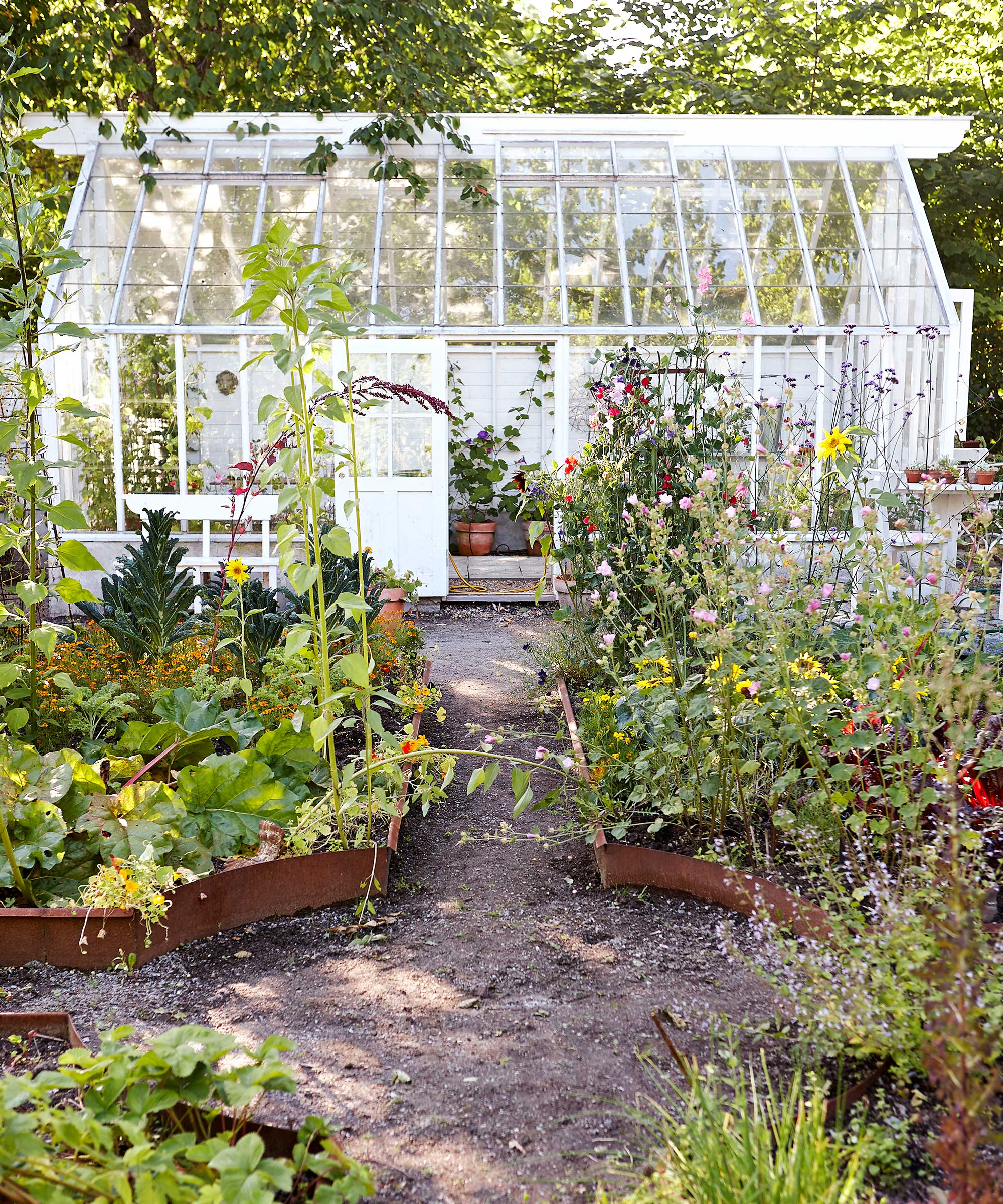
Consider using more natural ways to ward off pests
Another way to up your eco-gardening credentials, and a predicted greenhouse trend for 2025, is to use biological pest control. As Tom explains, this tackles invasive greenhouse insect species using predators found in nature, rather than any harmful chemicals.
For instance, he notes how the predatory wasp Encarsia formosa can be used to combat whitefly, while predatory mites Phytoseiulus persimilis and Amblyseius, a predatory midge Feltiella acrarsuga, and a rove beetle Atheta coriaria can help get rid of red spider mites. 'You can also control mealybug, with the ladybird Cryptolaemus montrouzieri,' he adds. 'Many biological pest controls can be bought online.'
Tom recommends checking greenhouse plants regularly for signs of an infestation – 'it is easier to control smaller occurrences than an epidemic.'
6. Using eco-friendly materials
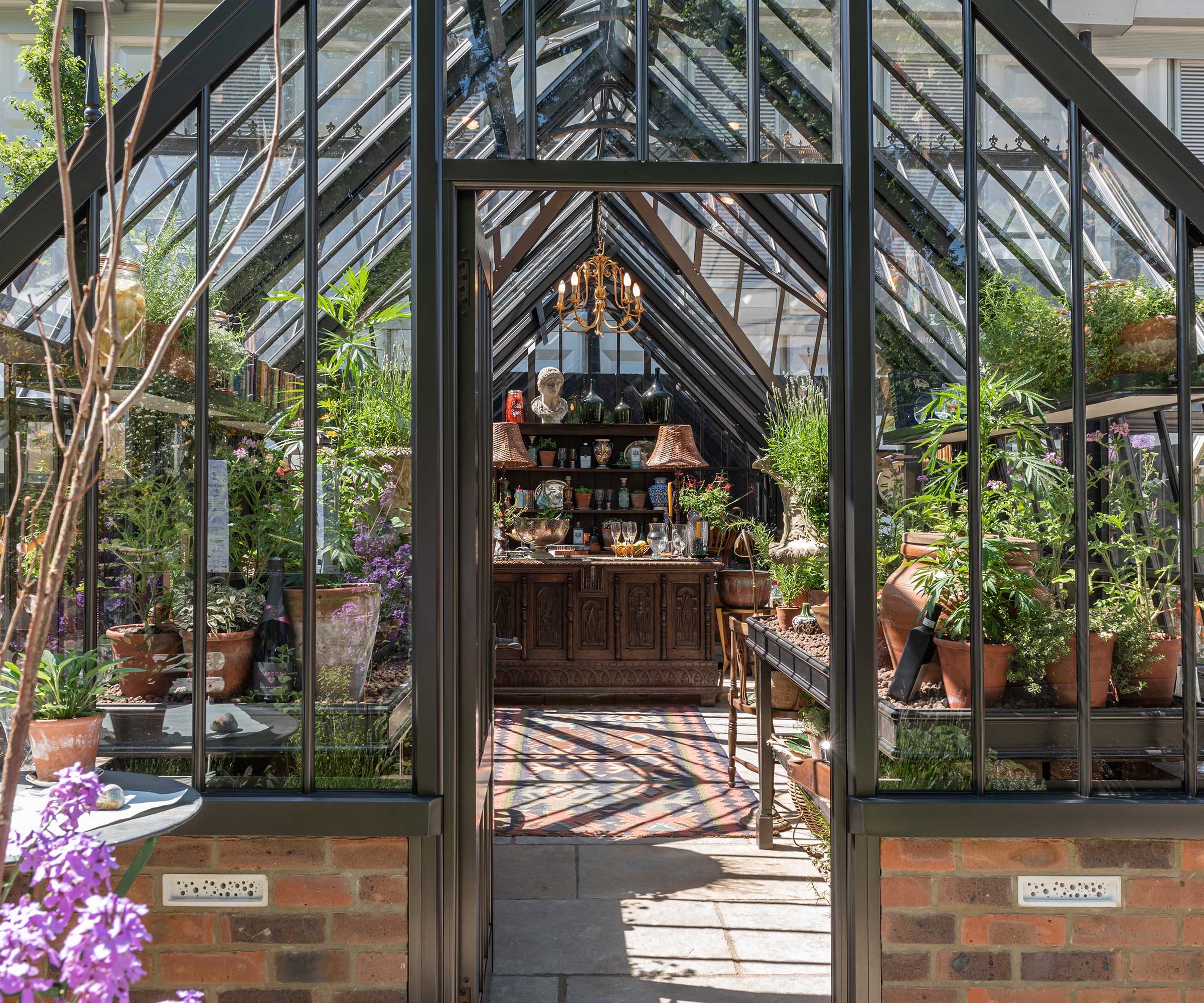
This Alitex greenhouse, shown at the Chelsea Flower Show 2022, includes bee bricks to be used by solitary bees
If you're building a greenhouse in 2025, using sustainable, environmentally friendly materials is also worth considering.
'Using reclaimed materials as much as possible is a satisfying approach to take on many levels,' Nelly Hall says. She built a new greenhouse in her garden last year, and shares that Marian Boswall’s book, Sustainable Garden, was 'a bit of a bible'.
Elements of hard landscaping can also take local wildlife into account. 'We are seeing people add in details to bases to encourage biodiversity and habitats,' Nelly says. Her examples include bee bricks, as well as panels of stacked tiles. Neat and tight traditional brickwork avoids these opportunities to create habitats, she adds.
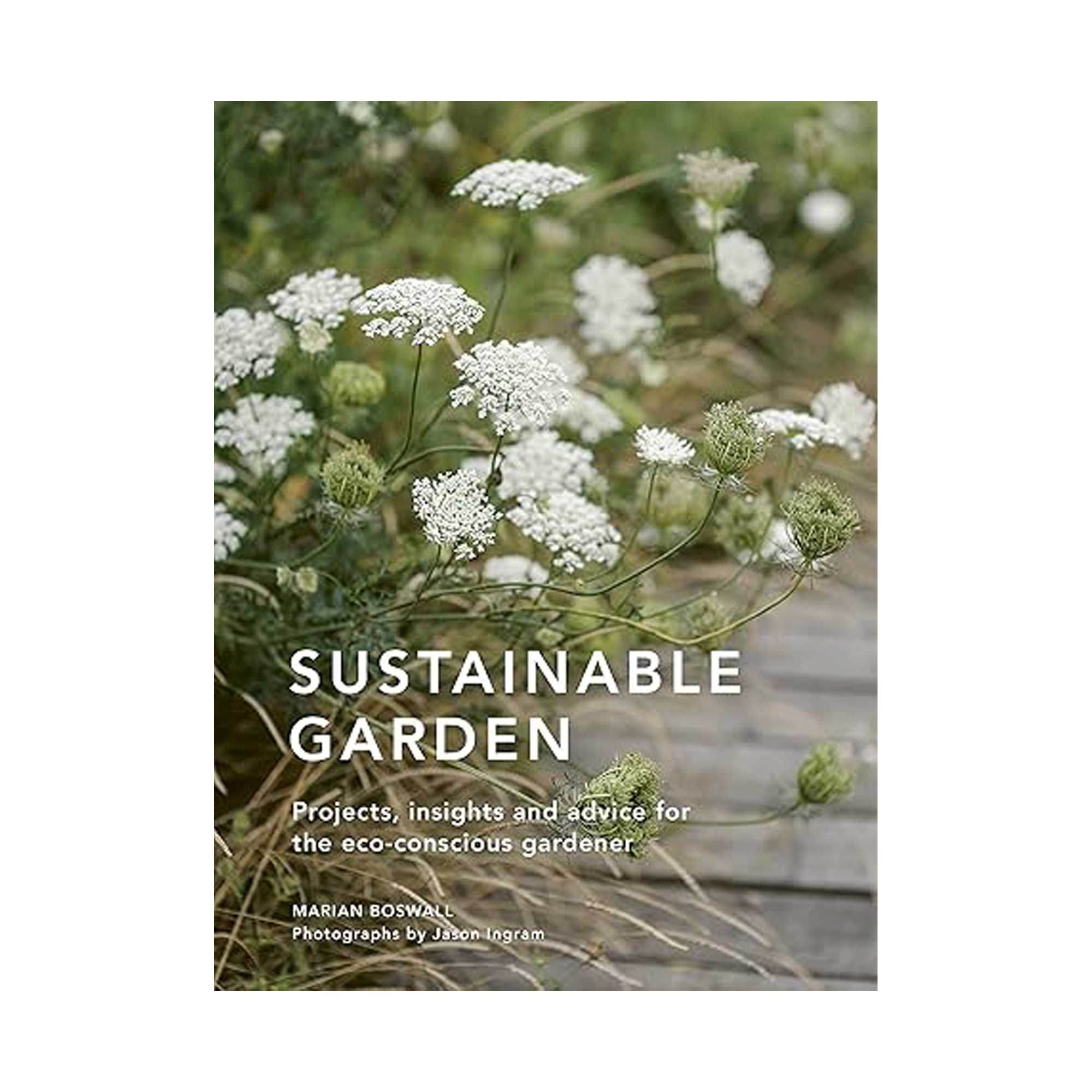
This book, written by Marian Boswall and published by Frances Lincoln, is full of environmentally friendly tips to try in your backyard.
7. Enjoying early spring bulbs
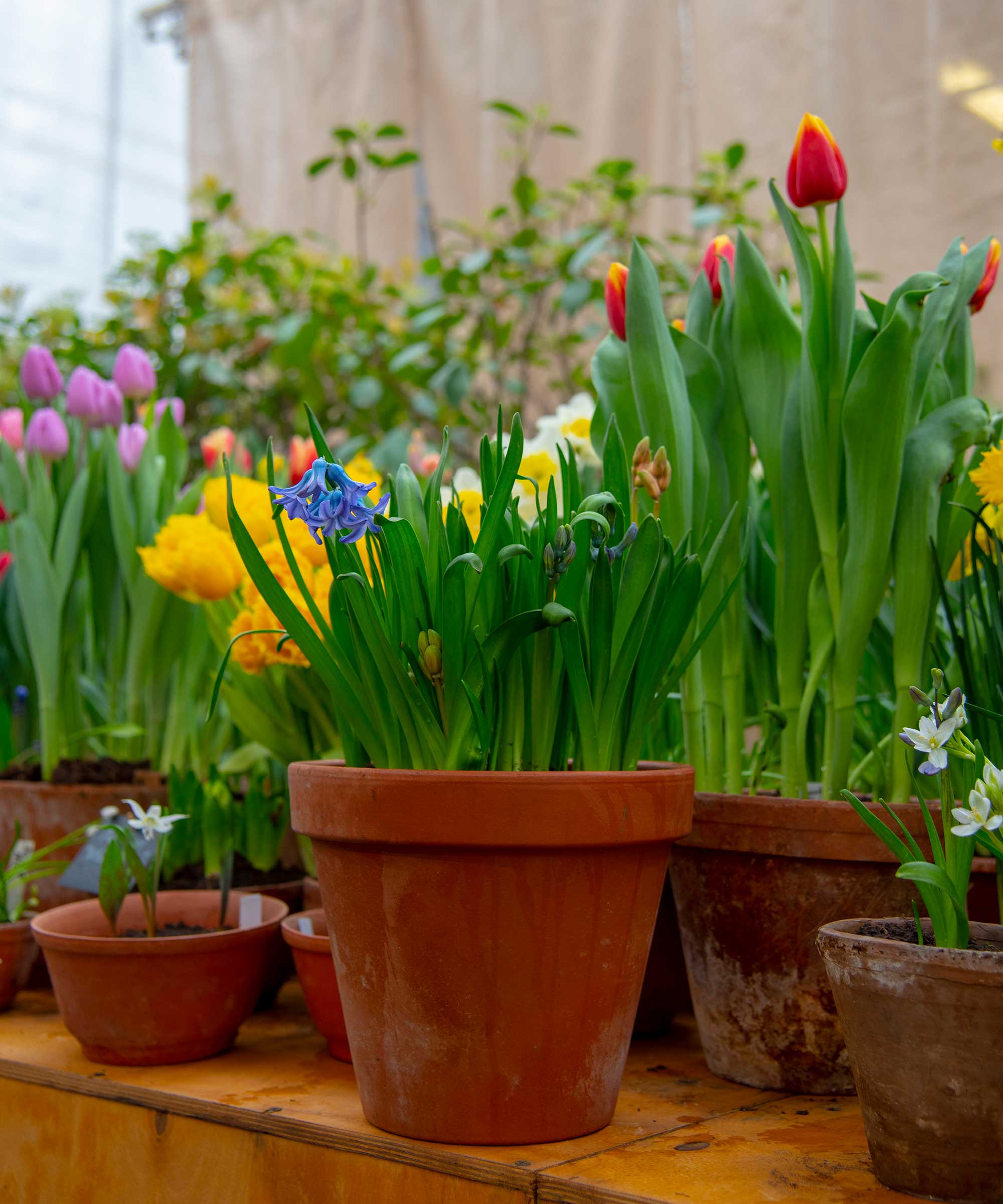
Spring bulbs can be forced into bloom earlier with the help of a greenhouse
Because of their controlled environment, greenhouses are ideal for successional growing – a trend predicted by the team at Hartley Botanic.
Tom particularly highlights the option of getting potted spring bulbs to bloom early. To do so, he recommends keeping them outdoors or in a cold frame at 34.7 to 50ºF for ten weeks in autumn and early winter. Then, bring them into the greenhouse for 'an early burst of spring'.
'If you have the facilities, put them under growing lamps once they start sprouting, or on a heat mat,' he adds.
'Traditionally, people "force" hyacinths and narcissus, but there can be so much more variety than that,' Tom continues. 'Other bulbs to consider include crocus, daffodils of all kinds including miniatures, lily of the valley, hyacinths, Iris reticulata, scilla, and lilies.'
If you have a four-legged friend, do remember that bulbs are toxic to pets.
8. Incorporating blinds

These blinds from Hartley Botanic are a practical addition in both hot and cold weather
Another 2025 greenhouse trend is the addition of blinds. Tom says, 'Blinds help regulate the temperature and light levels inside a greenhouse and prevent plants being burnt by intense sunlight or affected by harmful UV rays.' Plus, he notes how they can act as a form of insulation in colder months. 'A growing necessity for blinds in greenhouses may reflect our changing climate,' he adds.
While blinds are practical and can also add style points to your setup, for a lower-cost option you could opt for a shade cloth instead. These ones from winemana at Amazon are a popular buy, and versatile, too.
9. Introducing staging and shelves
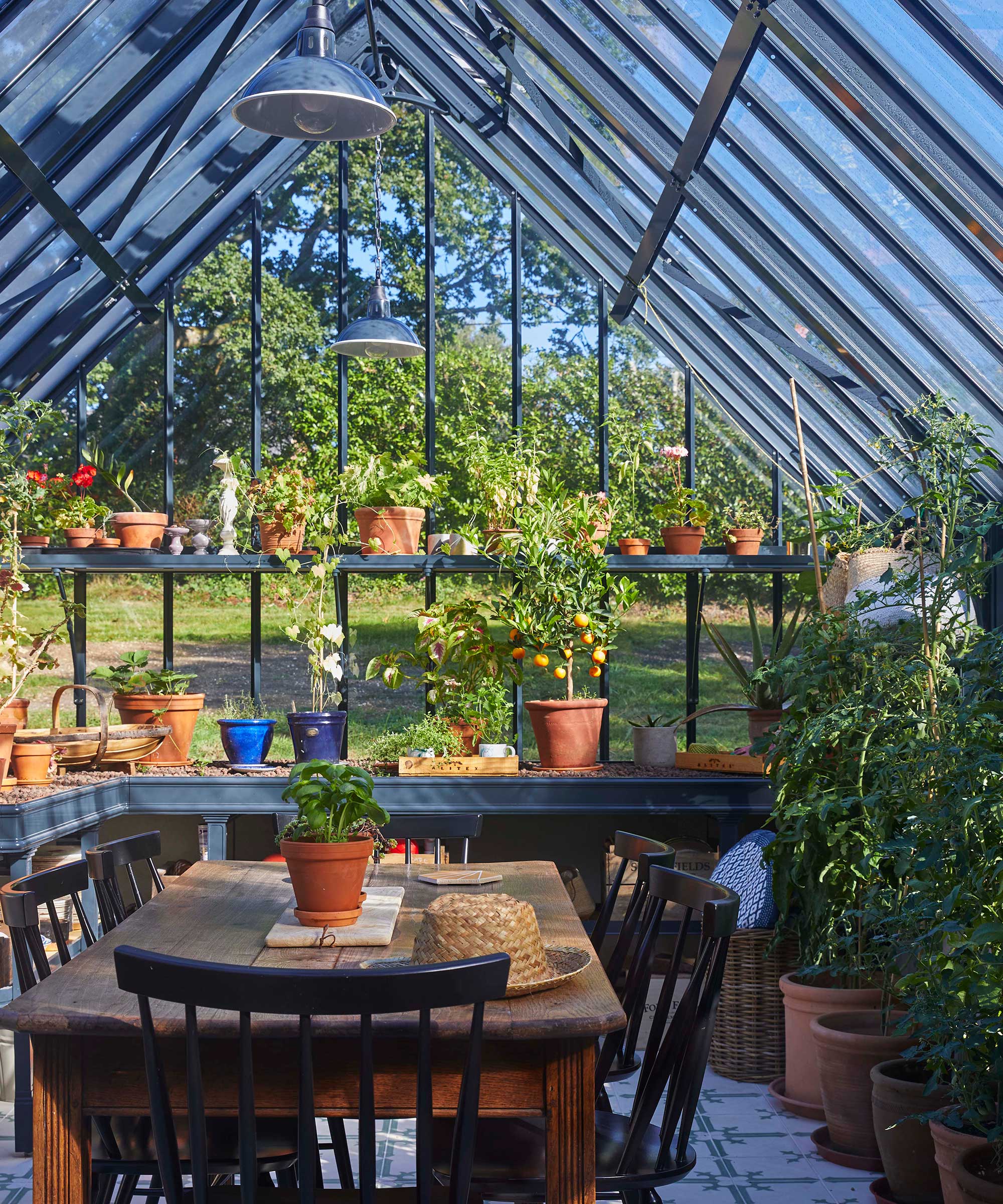
This Cliveden greenhouse from Alitex uses shelving at different heights
'As greenhouses increasingly evolve into multi-use growing and lifestyle spaces, attractive ways to organize them are becoming more popular, boosting the interest in staging and shelving,' says Tom.
They are a great way to make the most of the space you have. And there are so many options to choose from to suit the style of your structure. For instance, Tom highlights that Hartley Botanic offers aluminum shelving and staging that can be powder-coated in a color to match or contrast the greenhouse itself.
Consider which heights are right for your greenhouse, too. A mid-height level that is comfortable to work at is a must for sowing seeds and potting on. And, as Tom notes, high level staging allows for the display of low-hanging plants.
10. Choosing designs that can move home when you do

Mini greenhouses are a functional option for smaller plots and renters
Nelly says, 'In some cases, we have had people say they would love a greenhouse, but they are not in their forever home.' Because of this, they choose to wait, as it is a big investment to leave behind. 'In addition, there is planning permission to be gained as there is a significant amount of permanent work involved in building a classic base with flooring,' she adds.
However, Nelly shares that Alitex has spent time in the last year developing a greenhouse that includes a base. It can easily be fitted using a simple anchor system, and can sit on a paved area in your garden. 'This allows you to get all the pleasure of gardening, but also to take your greenhouse with you when you move on to your next home,' she says.
There are also lots of DIY greenhouse ideas that can be easily moved, and are budget-friendly, too.
FAQs
I don't have space for a full-sized greenhouse, are there any alternatives?
There are some compact designs available, such as this mini greenhouse from Amazon, which are ideal for starting seeds and overwintering a plant or two. Cold frames are also a practical choice for those in more compact spaces. Plus, you can move them if needs be.
How can I keep my greenhouse looking its best for 2025?
One of the best ways to keep a greenhouse looking great is to keep it clean. Our guide on how to clean a greenhouse has all the tips you'll need for this essential task. Remember to deal with plant pests and diseases quickly, too, to minimize the risk of them spreading.
When it comes to your greenhouse plants, be careful not to pack them in too tightly – good airflow is important to reduce the risk of disease. Be sure to water them often as well, particularly those in pots, which tend to dry out quickly.
Looking for more greenhouse-related advice? Our tips on how to winterize a greenhouse and how to ventilate a greenhouse will help you increase your chances of successful growing.
Sign up to the Homes & Gardens newsletter
Design expertise in your inbox – from inspiring decorating ideas and beautiful celebrity homes to practical gardening advice and shopping round-ups.

Holly started writing about gardening five years ago, and she is a regular contributor to Homes & Gardens. She has also written many gardening features for Woman & Home and Real Homes, too. She has previous experience as a professional gardener, where she helped to plant and maintain private gardens. Holly has also looked after allotment plots over the years and loves to grow her own flowers and veggies from seed. In her spare time, she enjoys visiting local gardens, botanical drawing, and tending to her ever-growing collection of houseplants.
-
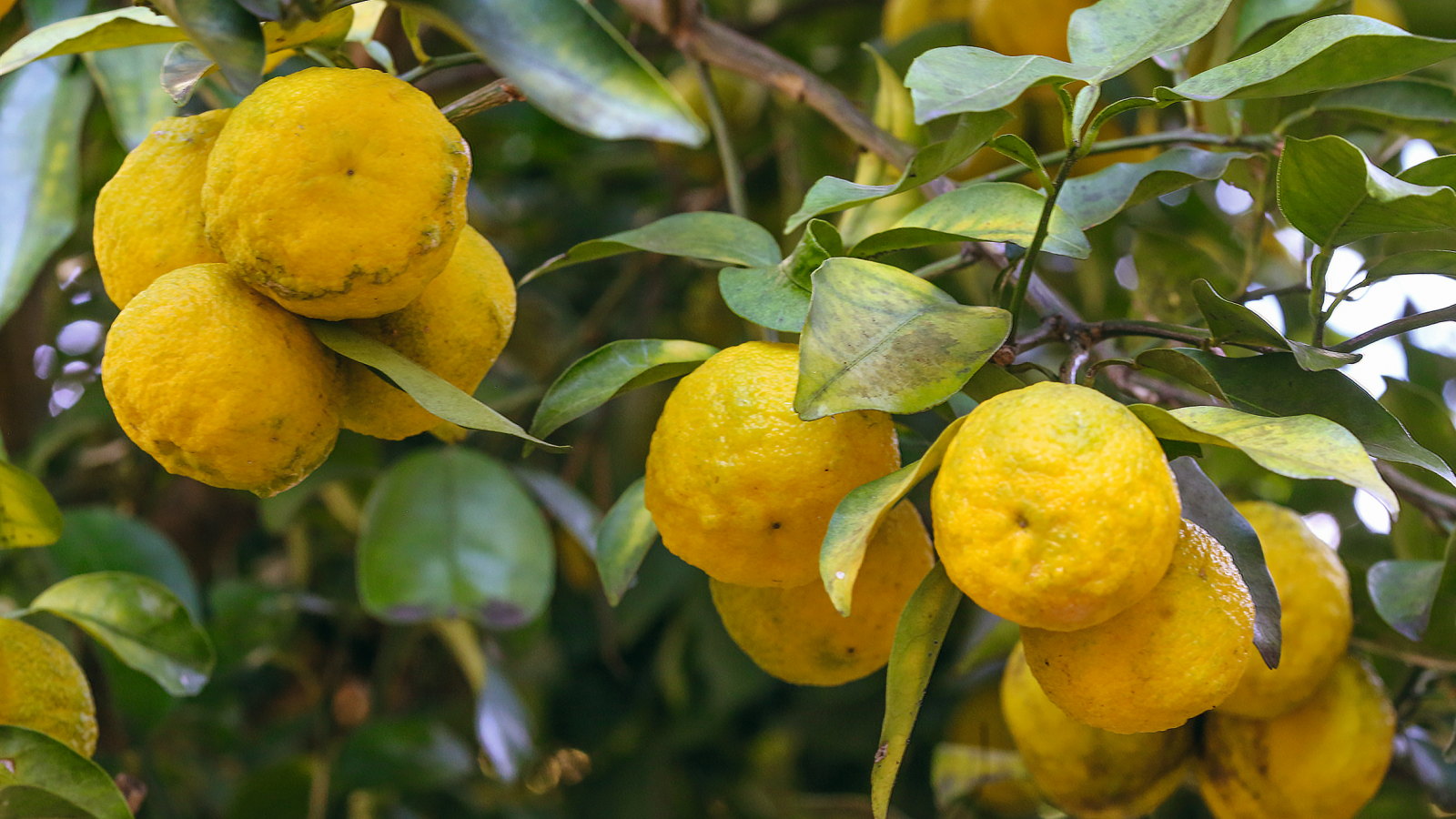 How to grow yuzu – for an attractive and fragrant cold-hardy citrus tree with golden fruits
How to grow yuzu – for an attractive and fragrant cold-hardy citrus tree with golden fruitsA fruit tree expert reveals planting and care tips for successfully growing yuzu
-
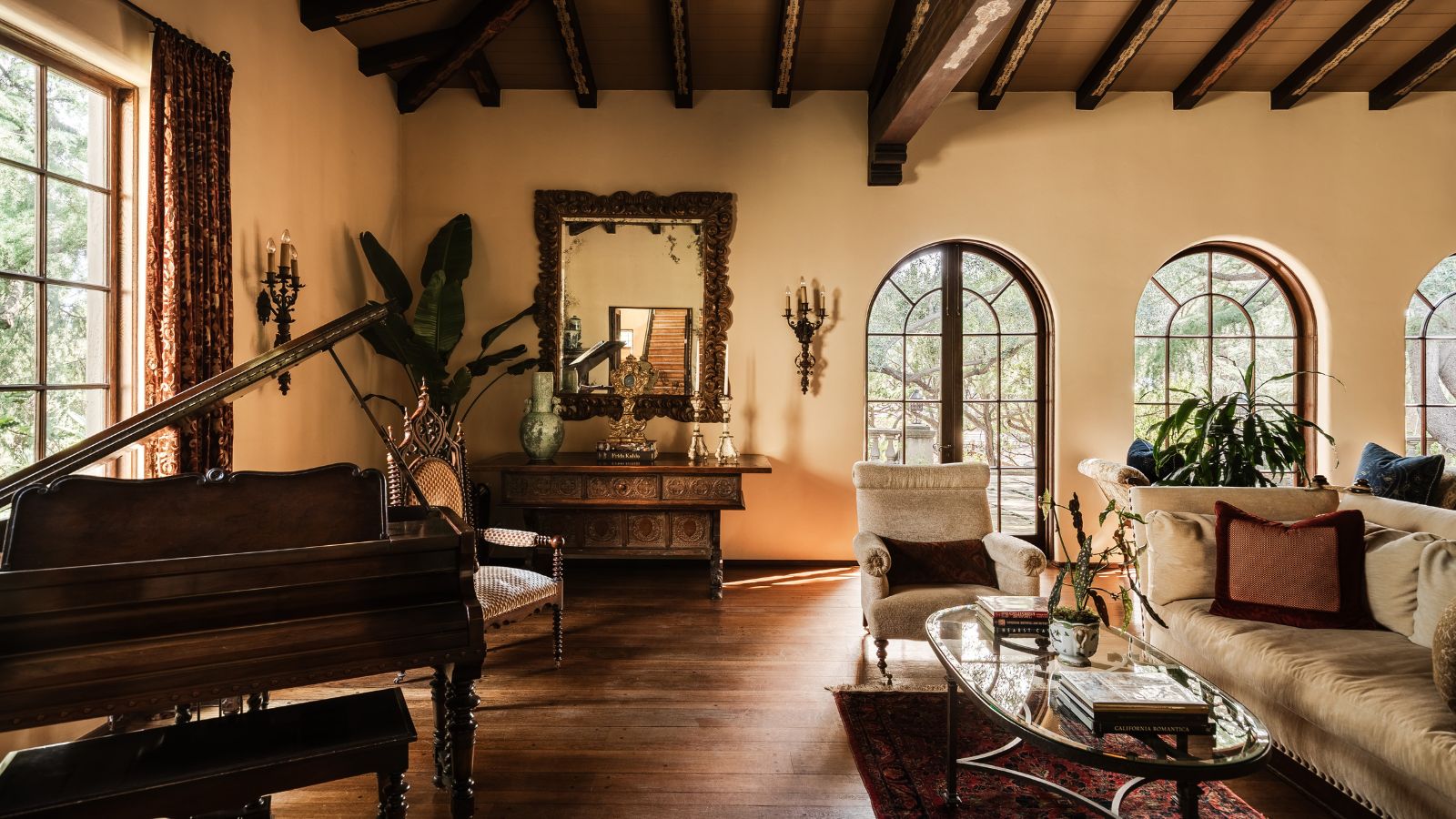 Dennis Morgan once owned this strikingly beautiful Mediterranean Revival home, designed by Paul R. Williams – it's listed for $8.5 million
Dennis Morgan once owned this strikingly beautiful Mediterranean Revival home, designed by Paul R. Williams – it's listed for $8.5 millionThe sprawling, La Cañada Flintridge property was built in 1927 by acclaimed designer Paul R. Williams, and is now ready for a new owner